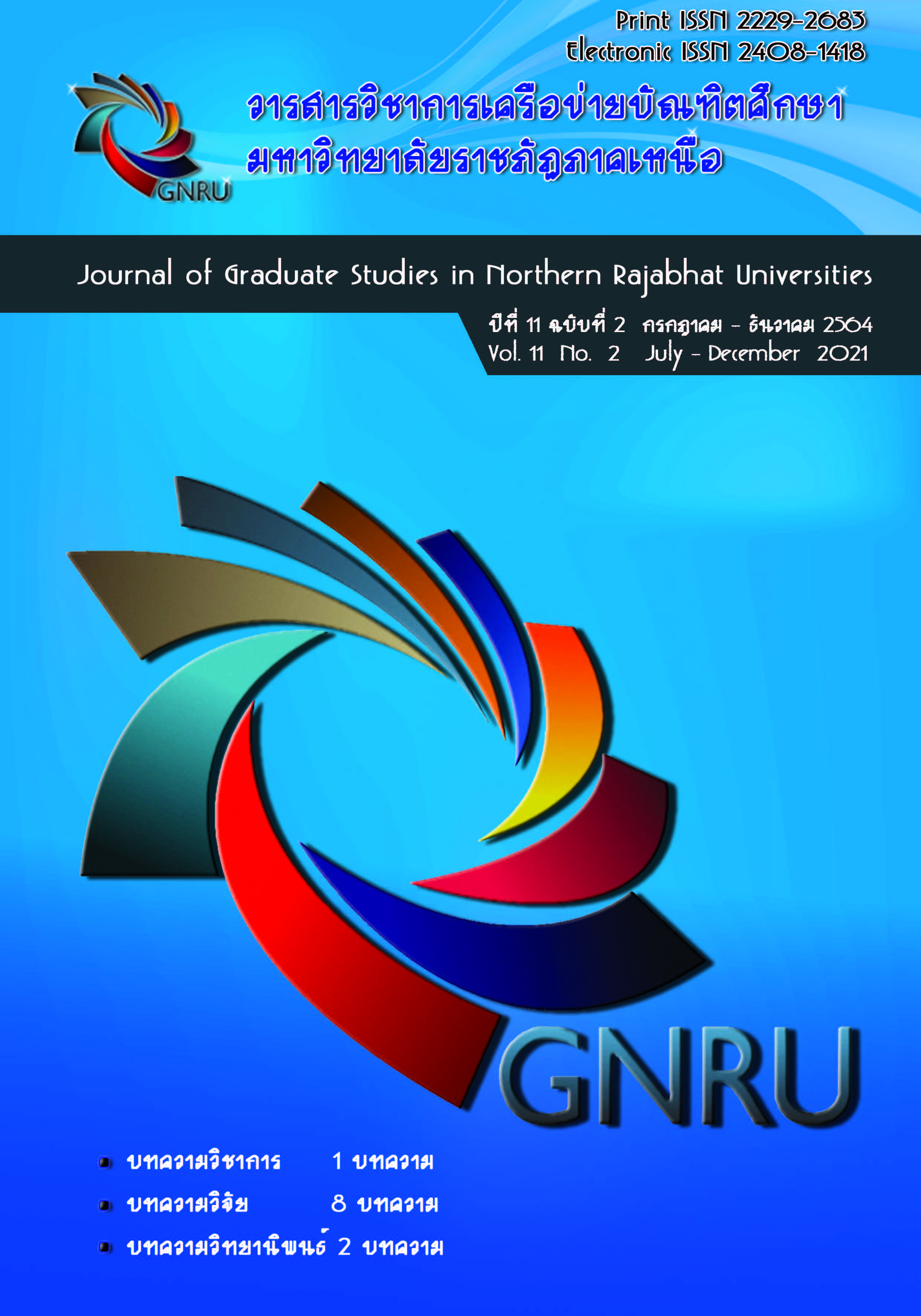ความพึงพอใจในงานและความผูกพันของบุคลากรสำนักงานประกันสังคม Job Satisfaction and Employees Engagement of the Social Security Office
Main Article Content
Abstract
This article is in the field economics of human resources. The objectives of this study were to study work satisfaction and employee engagement, and to study personal factors affecting work satisfaction and employees engagement towards the SSO. This case study can be used for the organization policy in order to improve organization engagement. Data were collected from 641 personnel of SSO using questionnaires. The data were analyzed using t-test, F-test statistics and Pearson correlation coefficient (r).
The study found that the SSO employees had a high level of work satisfaction. The satisfaction of quality of life was from being a part of the organization while the work satisfaction was from serving people. Moreover, the result suggested that the level of satisfaction decreased with employees’ age. The SSO employees had a moderate level of the organization engagement. The engagement as a part of the organization was from the work dedication and the engagement in the organization’s future mission was from the development of working quality. The level of engagement varied with the employees’ educational level, working position and job description. The educational level and work position reduced the level of engagement while the employees dealing with many people had higher engagement level. In addition, the satisfaction and engagement levels have a positive relationship. The SSO policy for employee development is to create more organization engagement.
Article Details
References
Allen, T.D., Eby, L.T., Poteet, M.L., Lentz, E., & Lima, L. (2004). Career benefits associated with mentoring for protégé’s: A meta-analysis. Journal of Applied Psychology, 89(1), 127.
Armstrong, S.M., & Cameron, S. (2005). Factors related to the career satisfaction of older managerial and professional women. Career Development International, 10(3), 203-215.
Blau, G.J. (1986). Job involvement and organizational commitment as interactive predictors of tardiness and absenteeism. Journal of Management, 12, 577-584.
Cutton, J.L., & Tuttle, J.M. (1986). Employee turnover: A meta-analysis and review with implications for research. Academy of Management Review, 11(1), 55-70.
Field, D.L. (2002). Taking the measure of work: a guide to validated scales for organizational research and diagnosis. Thousand Oaks, CA: Sage.
Forthofer, R.N., Lee, E.S. & Hermandez, M. (2007). Biostatistic: A Guide to Design, Analysis and Discovery. 2nd. 356. California: Elsevier Academic Press.
Hezberg, F. (1966). Motivation-hygiene theory, In D. s. Pugh, (Ed.) Organizational theory. Harmondsworth. London: Penguin Books.
Khahan, N. (2014). Influence of Personality Characteristics, and Job Satisfaction on Work Adjustment of New Graduates. Journal of management Sciences, 31(1), 39-67. Prince of Songkla University.
Price, J.L. & Mueller, C.W. (1986). Absenteeism and turnover among hospital employees. Greenwich, CT: JAI Press.
Saetang, J., Sulummnad, K., Thampitak, P. & Sungkaew, T. (2010). Factor affecting perceived job performance among staff: A case study of Ban Karuna Juvenil Voctional Training Centre for Boys. The Journal of Behavioral Science, 5(1), 33-45.
Social Security Office. (2019). SSO Annual Report 2019. 1-30.
Spector, P. (1997). Job satisfaction: Application, assessment, causes and consequences. Thousand Oaks. CA: Sage.
Wetchakit, P. (2007). Job satisfaction and employee engagement with the organization: a case study of Fabrinet Company Limited. Master of Science Thesis Graduate Human Resource Development Project. National Institute of Development Administration, Bangkok.
Wickramasinghe, V. & Jayaweera, M. (2010). Impact of career plateau and supervisory support on career satisfaction: A study in offshore outsourced IT firms in Sri Lanka. Career Development International, 15(6), 544-561.


